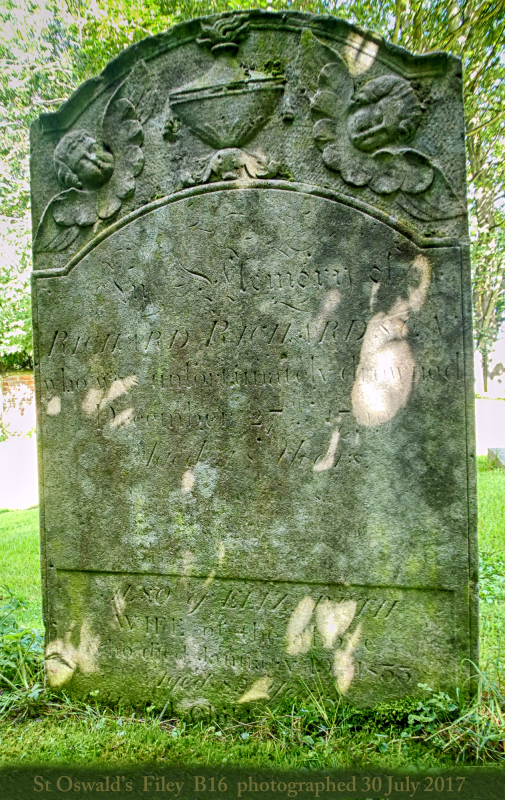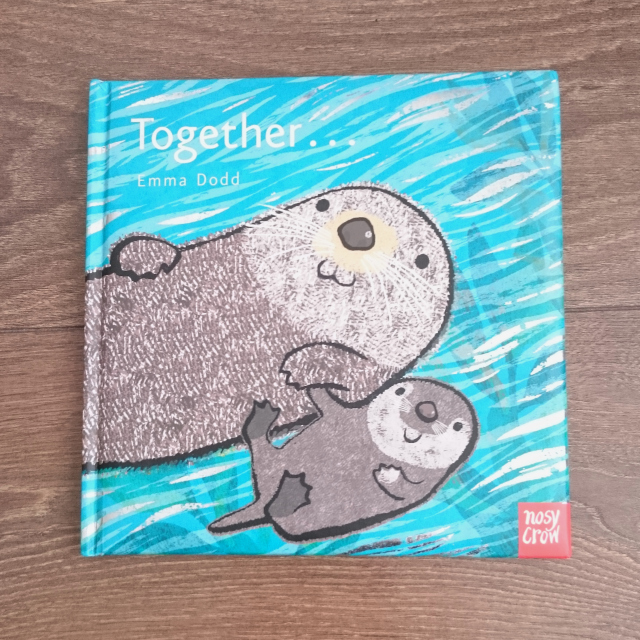Extract from Household Words, Charles DickensThe sea-side churchyard is a strange witness of the perilous life of the mariner and the fisherman. It is only by a walk in it that we acquire a clear conception of the real nature of that mode of livelihood which such hundreds of thousands, all round these islands, embrace, as a choice or a necessity. We resort to pleasant places in the summer time, and see the great ocean glittering and rolling in playful majesty, and our hearts leap at the sublime spectacle.
We see white sails gleaming on its bosom, and steamers trailing their long clouds of smoke after them, as they busily walk the waters, bearing joyous passengers to many a new scene. We meet the hardy blue-cloth sons of ocean, on the beach and the cliff; see them pushing off their boats for a day’s fishing, or coming in in the early morning with their well-laden yawls and cobbles, and the sea and its people assume to us a holiday sort of aspect, in which the labour, the watching, the long endurance of cold, the peril and the death are concealed in the picturesque of the scenery, and the frank and calm bearing of the actors themselves.
What a different thing is even a fisherman’s life when contemplated as a whole; when we take in the winter and the storm to complete the picture of his existence! But, as few of us can do this in reality, if we wish to know the actualities of a sea-faring life, we may get a very fair idea of them in any seaside churchyard.
We lately took a survey of two such on the Yorkshire coast, and the notes which we there and then jotted down will afford some notion of the strange and touching records of such a place. Our first visit was to the churchyard of Filey, a mere village, well known to thousands of summer tourists for the noble extent of its sands, and the stern magnificence of its so-called bridge, or promontory of savage rocks running far into the sea, on which you may walk, at low-water; but which, with the advancing tide, becomes savagely grand, from the fury with which the ocean breaks over it.
In tempestuous weather this bridge is truly a bridge of sighs to mariners, and many a noble ship has been dashed to pieces upon it.
One of the first headstones which catches your eye in the little quiet churchyard of Filey bears witness to the terrors of the bridge. – “In memory of Richard Richardson, who was unfortunately drowned December 27th, 1799, aged forty-eight years :-
“By sudden wind and boisterous sea
The Lord did take my life from me;But He to shore my body brought –
Found by my wife, who for it sought.
And here it rests in mother clay,
Until the Resurrection day.“Also of Elizabeth, wife of the above, who died January 19th, 1833, aged eighty-nine.”
This fisherman was lost on the bridge, and his wife sought his body on the bridge for eleven weeks. She was possessed with an immoveable persuasion that there some day she should find him. All through that winter, from day to day, till late in March, she followed the receding tide, and with an earnest eye explored every ledge and crevice of the rocks, every inch of the wild chaos of huge stones that storms had hurled upon the bridge, and every wilderness of slippery and tangling sea-weed.
It was in vain that her neighbours told her that it was hopeless; that they assured her that she would get her death from cold; every day the solitary watcher might be seen, reckless of wind, or storm, or frost; and, at length, she did find the corpse of her husband, and saw it consigned to “mother clay.” She must have had a frame as hardy as her will and strong as her affections, for she survived this strange vigil of conjugal love thirty-four years, and to the age of nearly ninety.
The complete article can be read on the Scarborough Maritime Heritage Centre website.

The photograph is difficult to read but you can just make out the word “Child” at the base of the stone. In a note to Richard’s record in Filey Genealogy & Connections, Kath writes:-
He had been drowned from his coble at Christmas. The story goes that his widow searched the Brigg for his body for 13 weeks in a terribly depressed state until she found him 13 weeks later. Her baby was apparently neglected and left to the family but it too is supposed to have died.
I have found no record of a baby Richardson being buried around that time.
Two RICHARDSON children were baptized at St Oswald’s in the four years between Richard’s marriage to Elizabeth and his death but both Ann and Marianne were the children of John and Mary (maiden surname not known).
Elizabeth, Richard, and his parents are on the FamilySearch Tree.
Share this:




